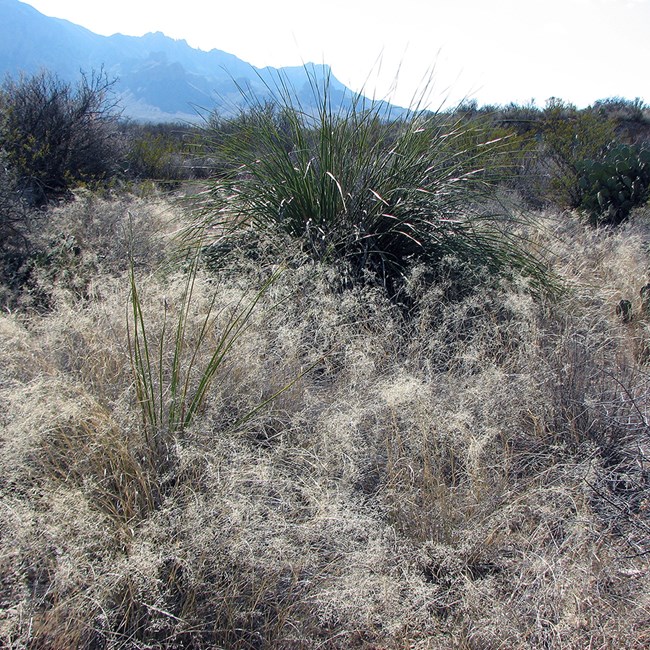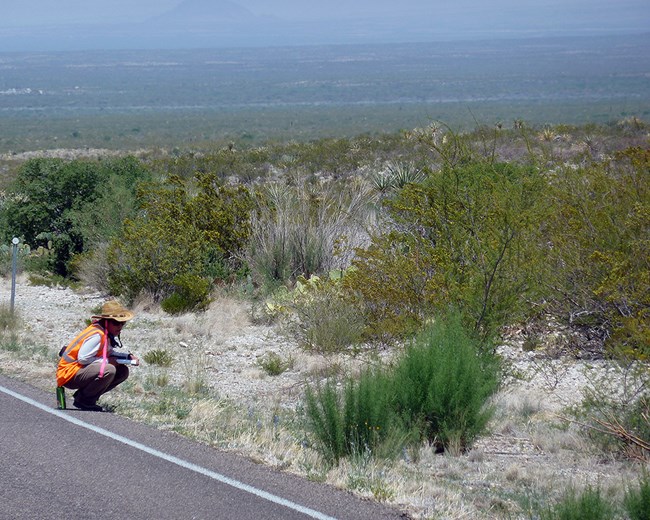
NPS Photo
Overview
Invasive exotic plants represent one of the most serious threats to natural resources in national parks. They can reproduce in great numbers, rapidly colonize new areas, displace native species, and alter ecosystem processes across multiple scales. Established invasive exotic plants may exist in small populations for long periods, making them difficult to detect. If discovered in the early stages of colonization, control efforts are likely to cost less and be more successful than after a species has become more widespread.
It is critical to both detect exotic plants early and to implement a rapid management response. Early detection monitoring for invasive exotic plants gives park managers the information they need to prioritize and plan for their control when eradication is most effective, economical, and ecologically sound. This knowledge can also support long-term ecosystem-wide strategies for controlling invasive exotic plants.

NPS Photo
What We Monitor
- New detections of invasive exotic plants
- Status and trends in known invasive exotic plant populations: presence, density, and distribution
Where We Monitor
- Amistad National Recreation Area
- Big Bend National Park
- Carlsbad Caverns National Park
- Fort Davis National Historic Site
- Guadalupe Mountains National Park
Publications
Read more about our invasive exotic plant work in the resource briefs (short summaries), monitoring reports (detailed results of our work), or protocol (monitoring procedures) below.Source: NPS DataStore Collection 7818. To search for additional information, visit the NPS DataStore.
Source: NPS DataStore Saved Search 3426. To search for additional information, visit the NPS DataStore.
Source: NPS DataStore Saved Search 2310. To search for additional information, visit the NPS DataStore.
This is a collection of reports, data, and other documents related to exotic plant monitoring.
Last updated: August 6, 2020
